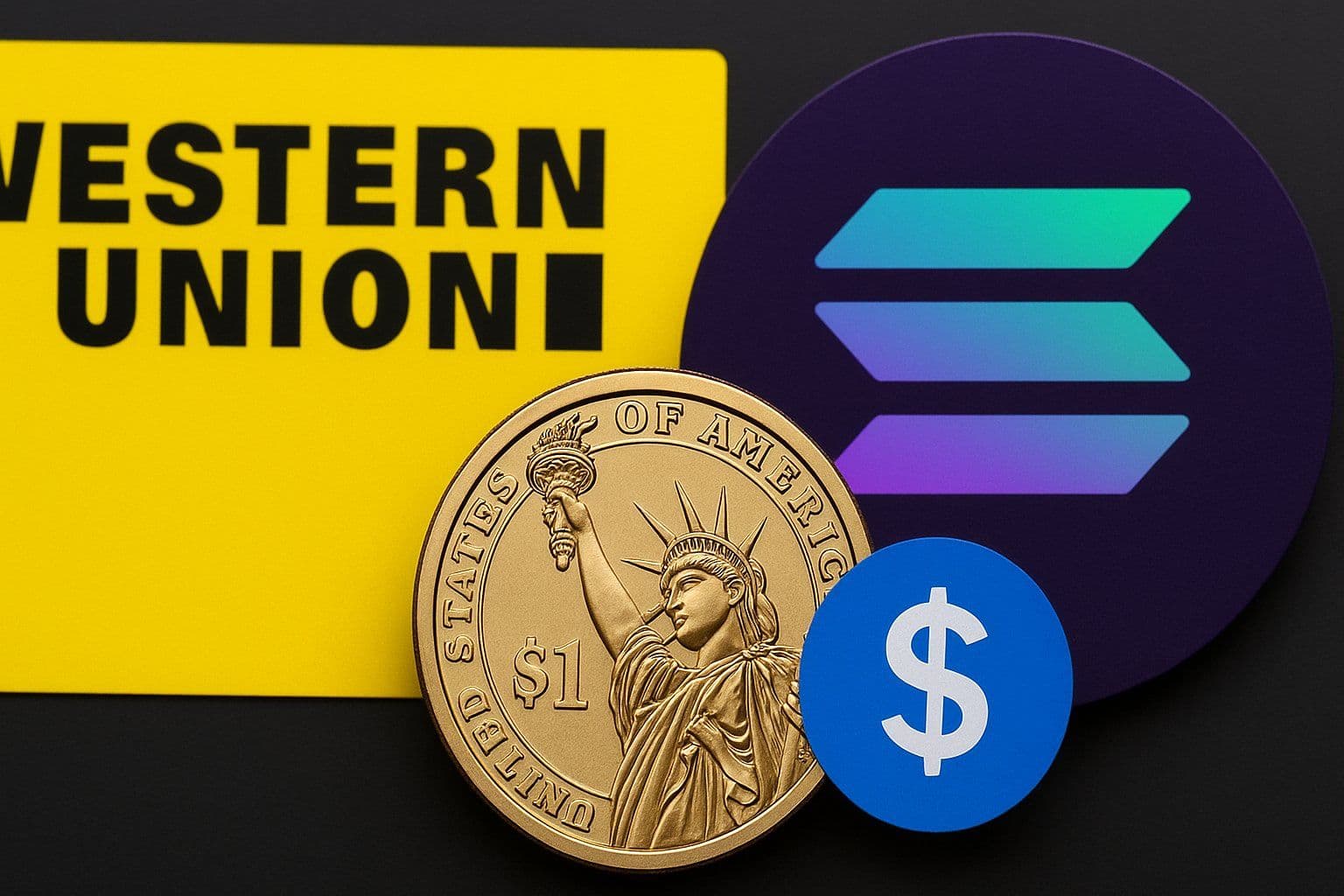Western Union, a legacy leader in global money transfers, announced plans to issue its own U.S. dollar-pegged stablecoin on the Solana blockchain. The new digital asset, named the U.S. Dollar Payment Token (USDPT), is scheduled to launch in the first half of 2026, marking a significant move by the financial giant to integrate blockchain technology into its core remittance services.
In a press release, the company stated that the initiative aims to modernize its cross-border payment infrastructure by offering customers a new digital option. The move signals a deeper commitment to a hybrid financial model, blending Western Union's extensive physical agent network with the efficiency of digital currencies.
Rationale for Solana
Western Union selected the Solana network as the foundational blockchain for its stablecoin. The company cited Solana’s high transaction throughput and low fees as critical features for supporting the high volume of small-value payments characteristic of the global remittance market. By leveraging Solana's architecture, Western Union aims to increase the speed and reduce the cost of international transfers, according to its announcement.
Compliance and Custody
To address regulatory and security concerns, Western Union has partnered with Anchorage Digital, a federally chartered crypto bank, which will serve as the qualified custodian for the stablecoin’s reserves. The company confirmed that Anchorage Digital will hold the U.S. dollar assets backing each USDPT, ensuring a one-to-one reserve ratio. This structure is designed to provide transparency and build trust while adhering to established financial regulations.
"We are bridging traditional finance to the digital future," said a Western Union spokesperson. This partnership underscores the company’s strategy to innovate within existing regulatory frameworks by utilizing a fully backed stablecoin managed by a regulated custodian.
Competitive and Industry Context
Western Union's decision follows a broader trend of payment industry incumbents exploring blockchain technology. While some competitors have experimented with using existing stablecoins for settlement, Western Union's plan to issue its own proprietary token represents a more direct and integrated approach. This strategy could allow for greater control over the user experience and payment flow within its ecosystem.
Outstanding Questions and Timeline
While the announcement outlines the strategic vision, Western Union has not yet disclosed several key operational details. Specifics regarding transaction fees, redemption mechanics, initial geographic availability, and the cadence of reserve audits remain unconfirmed. The company stated that more information will be released as the launch date approaches.
What's Next
Leading up to the H1 2026 launch, Western Union plans to conduct several pilot programs and offer USDPT access to select partner applications for testing. The initiative will also undergo scrutiny from global regulators, who are increasingly focused on the integration of stablecoins into the international financial system. The company’s phased rollout and collaboration with a regulated custodian may set a precedent for how other traditional financial institutions approach digital asset issuance.


Comments